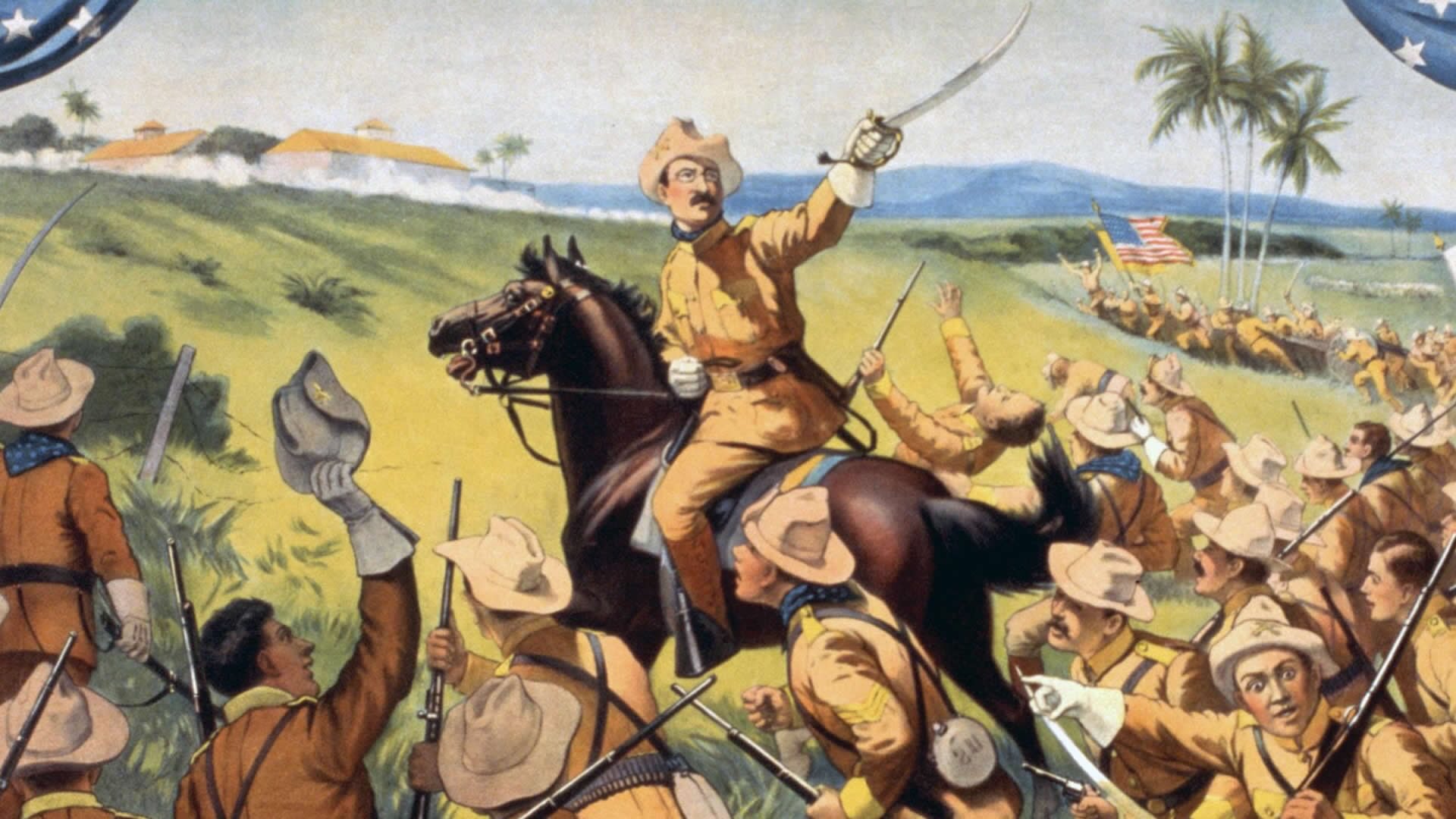
The Spanish-American War was a short but significant conflict in 1898 that marked a turning point for both the United States and Spain. This war, lasting only about four months, resulted in the U.S. emerging as a global power while Spain's colonial empire crumbled. But what led to this clash? Cuban independence movements, sensationalist journalism, and the mysterious sinking of the USS Maine all played crucial roles. The war's outcome reshaped international relations and had lasting effects on the countries involved. Curious about the key events, major battles, and lasting impacts? Here are 27 facts that will give you a deeper understanding of this pivotal moment in history.
The Spanish-American War: A Brief Overview
The Spanish-American War, fought in 1898, was a pivotal conflict that reshaped global politics. This war marked the end of Spain's colonial empire and the emergence of the United States as a world power. Here are some fascinating facts about this significant historical event.
- The war lasted only 10 weeks, from April 21 to August 13, 1898.
- The conflict began after the mysterious explosion of the USS Maine in Havana Harbor.
- The phrase "Remember the Maine, to Hell with Spain!" became a rallying cry for American intervention.
- The war was fought on two fronts: the Caribbean and the Pacific.
- The first battle took place in the Philippines, not Cuba.
Key Figures and Battles
Several key figures and battles defined the Spanish-American War. These individuals and events played crucial roles in the outcome of the conflict.
- Theodore Roosevelt, who later became the 26th President of the United States, led the Rough Riders in the Battle of San Juan Hill.
- Admiral George Dewey achieved a decisive victory at the Battle of Manila Bay.
- The Battle of Santiago de Cuba was the largest naval engagement of the war.
- General William Shafter led the U.S. Army in the Cuban campaign.
- Spanish Admiral Pascual Cervera commanded the Spanish fleet in the Caribbean.
The Role of Media and Public Opinion
Media and public opinion played a significant role in the Spanish-American War. Sensationalist journalism, known as "yellow journalism," influenced public sentiment and government decisions.
- William Randolph Hearst and Joseph Pulitzer were prominent newspaper publishers who used yellow journalism to sway public opinion.
- Hearst's New York Journal and Pulitzer's New York World published exaggerated stories about Spanish atrocities in Cuba.
- Public outrage over the USS Maine explosion was fueled by sensationalist reporting.
- The media's influence led to increased support for American intervention in Cuba.
- The war is often cited as an example of the media's power to shape public policy.
The Aftermath and Consequences
The Spanish-American War had far-reaching consequences for both Spain and the United States. The conflict resulted in significant territorial changes and shifts in global power dynamics.
- The Treaty of Paris, signed on December 10, 1898, officially ended the war.
- Spain ceded control of Cuba, Puerto Rico, Guam, and the Philippines to the United States.
- The United States paid Spain $20 million for the Philippines.
- The war marked the decline of Spain as a colonial power.
- The United States emerged as a global power with overseas territories.
Cultural and Social Impact
The Spanish-American War also had a profound cultural and social impact. It influenced literature, art, and public perceptions of war and imperialism.
- The war inspired numerous works of literature, including Stephen Crane's "War Is Kind" and Richard Harding Davis's "Cuba in War Time."
- Artists like Frederic Remington captured scenes from the war in their paintings and illustrations.
- The conflict sparked debates about American imperialism and the nation's role in global affairs.
- The war led to increased patriotism and national pride in the United States.
- Veterans of the war formed organizations like the United Spanish War Veterans to commemorate their service.
Technological and Military Innovations
The Spanish-American War saw the use of new technologies and military strategies. These innovations had a lasting impact on warfare and military tactics.
- The war featured the first use of the telegraph for real-time battlefield communication.
- The conflict saw the deployment of modern steel warships, marking a shift from wooden vessels.
The Lasting Impact of the Spanish-American War
The Spanish-American War left a significant mark on history. It marked the rise of the United States as a global power, showcasing its military might and strategic prowess. The war also led to the Treaty of Paris, which ended Spanish colonial rule in the Americas and ceded territories like Puerto Rico, Guam, and the Philippines to the U.S. This conflict highlighted the importance of modern naval power and influenced future military strategies. Additionally, it spurred debates about imperialism and the nation's role on the world stage. The war's legacy continues to shape U.S. foreign policy and its relationships with former Spanish colonies. Understanding these facts helps us appreciate the complexities and consequences of this pivotal event in American history.
Was this page helpful?
Our commitment to delivering trustworthy and engaging content is at the heart of what we do. Each fact on our site is contributed by real users like you, bringing a wealth of diverse insights and information. To ensure the highest standards of accuracy and reliability, our dedicated editors meticulously review each submission. This process guarantees that the facts we share are not only fascinating but also credible. Trust in our commitment to quality and authenticity as you explore and learn with us.
